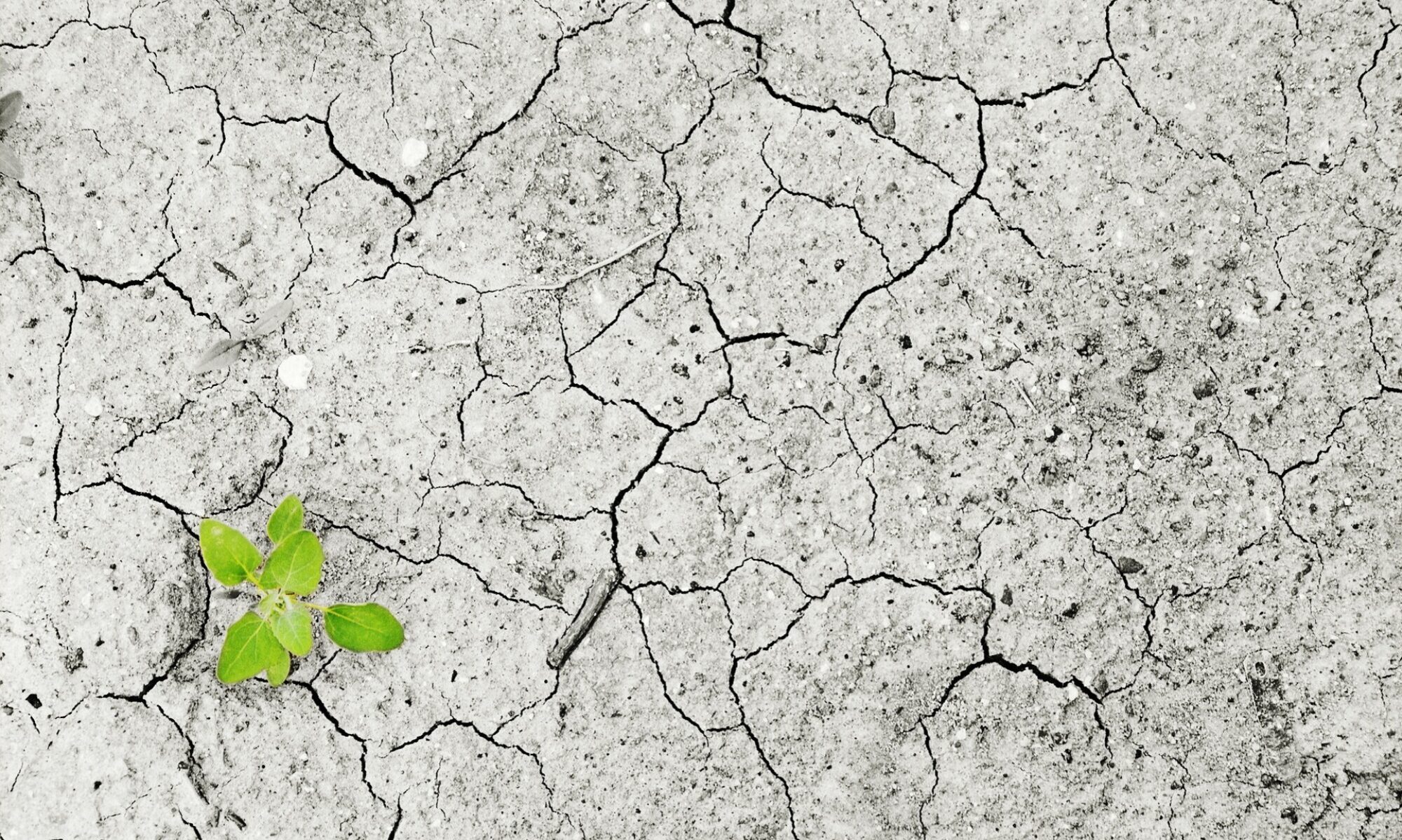4 August 2021 – by Evelyn Workman
A report, Futures at Risk: Protecting the Rights of Children on the Move in a Changing Climate, released by the UK Committee for UNICEF (UNICEF UK), analyses how climate-change related migration impacts children’s access to education and health care. There were 30.1 million new internal displacements caused by extreme weather related events in 2020, 9.8 million of these were of children. The report notes that this equates to 26,900 new weather related child displacements every day.
Ahead of the 2021 United Nations Climate Change Conference (COP26), taking place in Glasgow in November, UNICEF UK has called on the UK government to support children who have been forced to leave their homes due to climate change. In the report, they propose the government establish a technical facility, to be launched at COP26, bringing together experts across health, education, migration, and climate sectors to share knowledge and propose solutions to tackle this problem.
The report provides several recommendations for the UK government to better support and protect children displaced by climate-change related events. These include using the UK’s role as an international donor to champion the rights of children affected by climate change-related displacement, and meeting its commitment to achieve net zero emissions by 2050 and encouraging other high-income countries to make a similar pledge at COP26.
“The UK Government must use the opportunity of its COP26 Presidency this year to champion the rights of children on the move, galvanising widespread and ambitious action to address the challenges we know are coming,” Joanna Rea, Director of Advocacy at UNICEF UK, said, “If not, the futures of millions of children will be at risk.”












